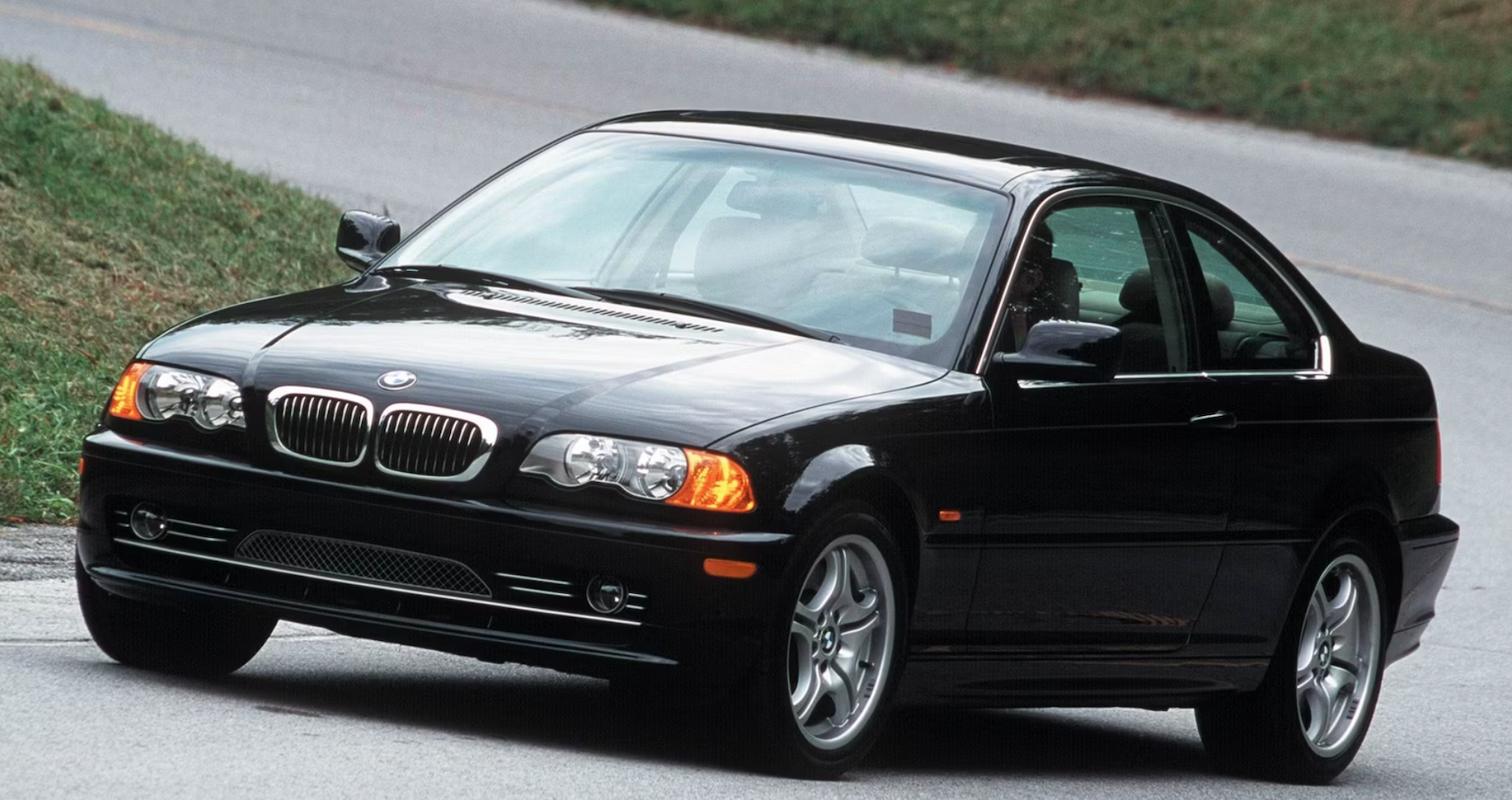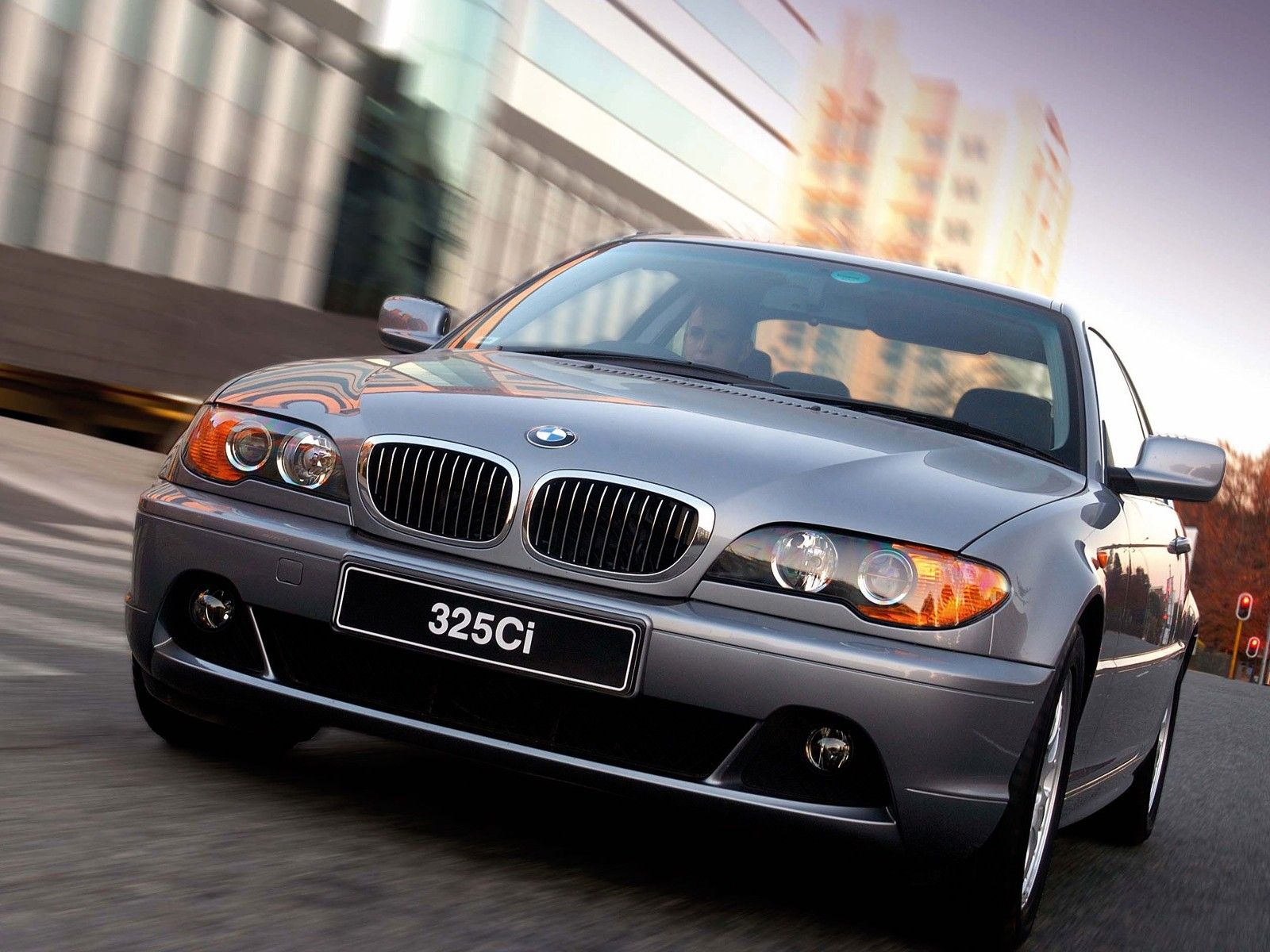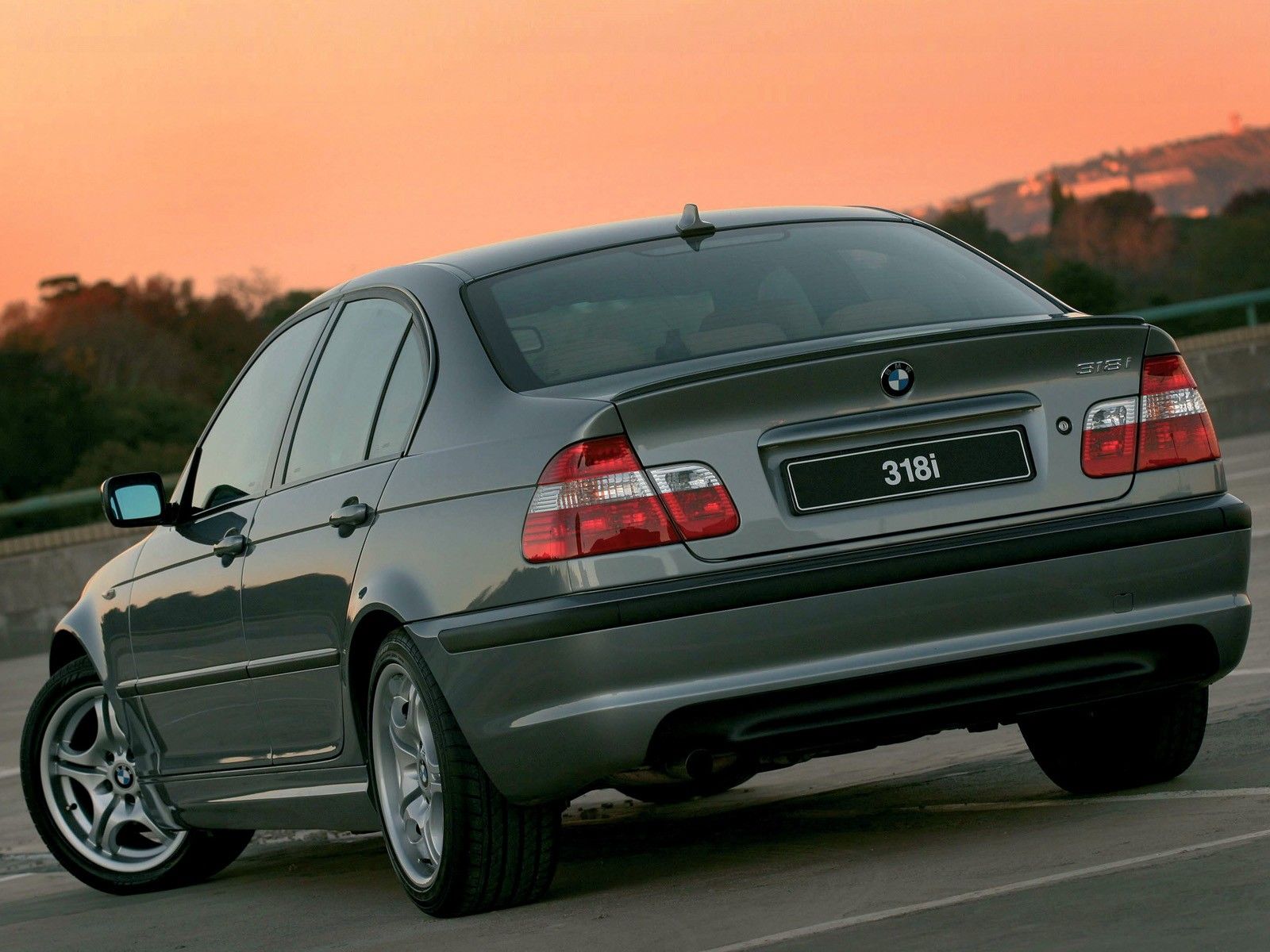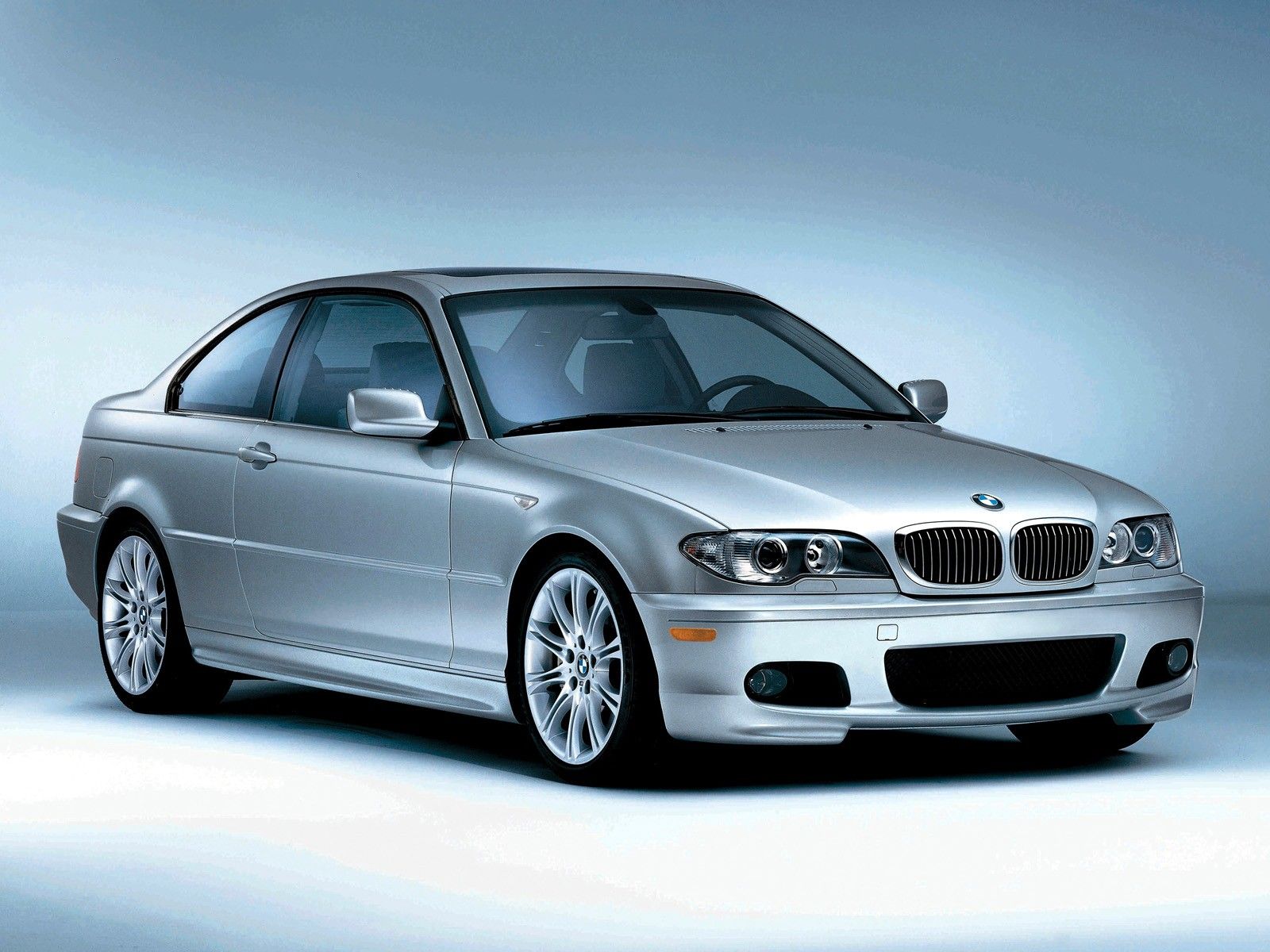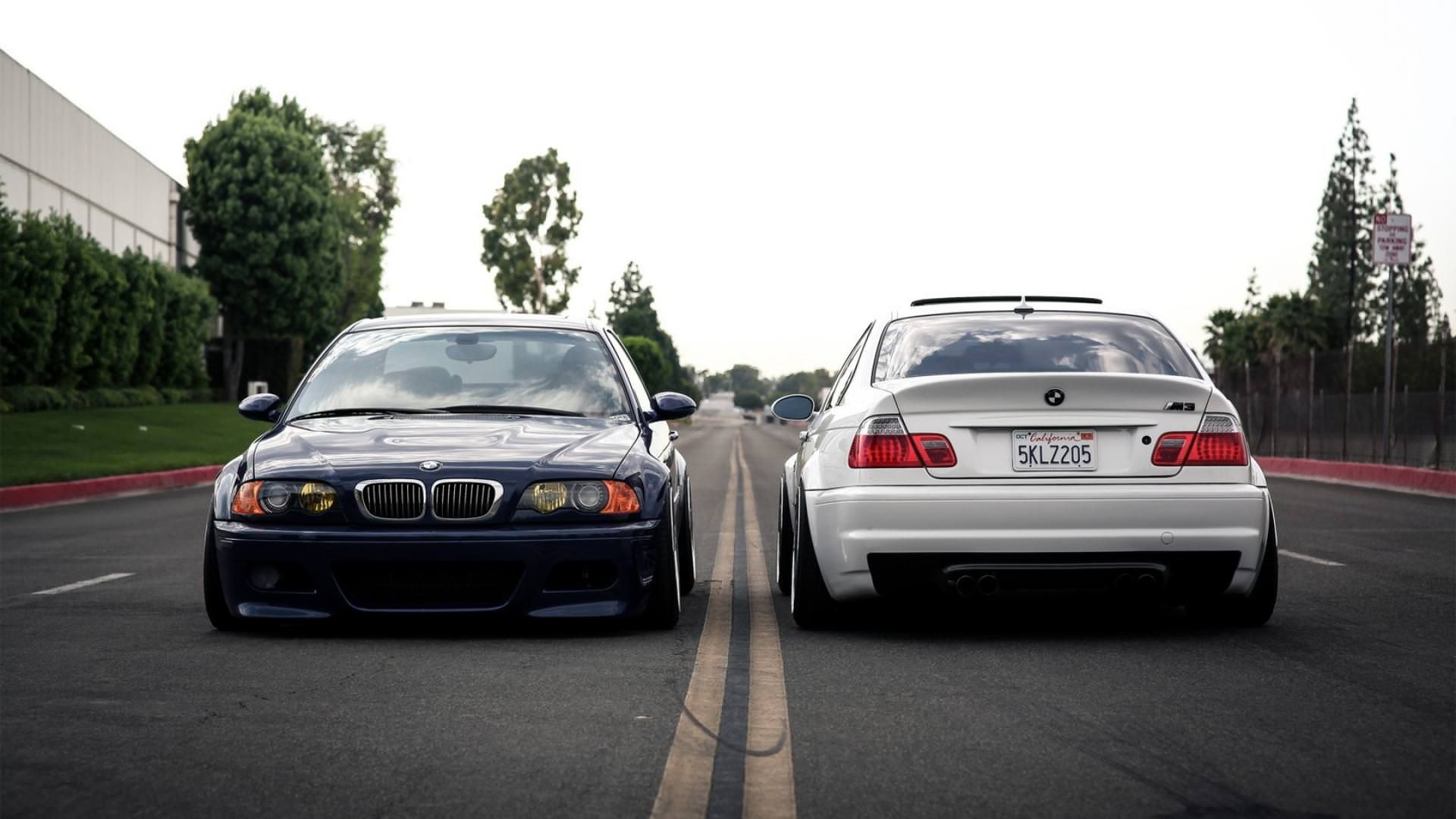When you hear the name "BMW," the first automobile that most people think of is probably the BMW E46 3 Series. It is without a doubt one of the most well-liked BMWs ever produced and the model generation that has had the greatest number of sales in BMW's entire history. You can see why they're so well-liked: everyone loves them. The BMW E46 3 Series is, perhaps, the company's finest 3 Series model to date.
The fourth generation of the BMW 3 Series, the BMW E46, was produced between 1997 and 2006. Without a shadow of a doubt, BMW was successful in producing another work of art. The BMW 3-Series rose fast through the ranks to become the third most popular automobile in Germany.
Many people today still consider the BMW 3 Series E46 to be a modern vehicle, even though it was first introduced in the late 1990s. The first production models of the E46 were released in 1998, which means that the model will soon be celebrating its 25th anniversary.
The New BMW E46's Stunning Design Won Over Many Fans
The E46 was introduced as a four-door saloon in 1998 and represented a significant refresh compared to the outgoing BMW E36. The two-door E46 provided far more flair than the uninspired four-door variant while being virtually as practical. BMW stated that the E46's body shell was 70% stiffer than the E36's. While the car's weight was reduced because of extensive usage of aluminum in places like the hood and brake calipers as well as the suspension, it was ultimately heavier than its predecessor due to an increased number of features and a plusher, leather-lined interior.
Following BMW's guiding principles for handling dynamics, the E46 was introduced with a rear-wheel drive configuration with a 50/50 weight distribution. After being removed from the BMW 3 Series lineup in 1991, all-wheel drive was brought again for the E46 model year on the 325xi, 330xi, and 330xd versions of the car.
Though it's been noted many times before, the E46's excellent steering remains the car's most memorable feature. The front tires receive superior input from the hydraulic rack, which is heavier than that of most current vehicles. That is a benchmark that several recently developed EPS systems approach, but have not yet surpassed.
The famous Chris Bangl was in charge of a team of designers who carefully rebuilt or, more accurately, updated the look of the old model. The BMW E46's swooping roofline and other distinctive features heralded a new era in automotive design. The E46 was available in several body types, such as a coupe, convertible, sedan, and wagon.
The E46 Was A Sporty-Looking, Agile Car That Also Happened To Be Exceptionally Safe
ABS, the BMW-developed cornering brake control, and six airbags were featured as standard equipment. The new Otto engines with variable valve control were another selling feature for the BMW E46 hatchback model. These engines were able to reduce fuel consumption by roughly 10% compared to their predecessors. The inline-4 and inline-6 engines, both of which came in a variety of displacements and diesel variants, were offered for the fourth generation 3 Series.
It is worth noting that the 4-cylinder BMW 3 Series E46 was never exported to the United States, and all imported model series were fitted with the 6-cylinder engine. In the beginning, the E46 316i had 103 hp and 122 lb-ft of power, but in later years, the M3 CSL version generated a whooping 355 hp and 273 lb-ft.
The significantly larger dimensions of the 3 Series have been successfully camouflaged by the newly designed exterior. It came standard with five seatbelts, had a large boot, and the majority of configurations were designed with fold-down rear seats, making it easy to transport things like bicycles and building supplies. The redesigned E46, launched in 2001, retained the original's look, with just minor modifications.
A makeover was given to both the sedan and the touring model in September 2001. The broader and more angular BMW kidneys, as well as the front and rear lights' differing shapes, are the main visual features that make the modified version stand out. The engine, however, was where the most significant progress was made. BMW debuted the 316i Compact at the Geneva Motor Show in 2001 with a unique variable valve control technology that lacked a throttle.
After that, the Valvetronic technology was implemented into succeeding versions, and then it was transferred to further BMW models. With the release of the E90 3 Series at the end of 2004, production of the E46 lineup began to be discontinued. However, the E46 coupe and convertible models stayed in production until August 2006.

